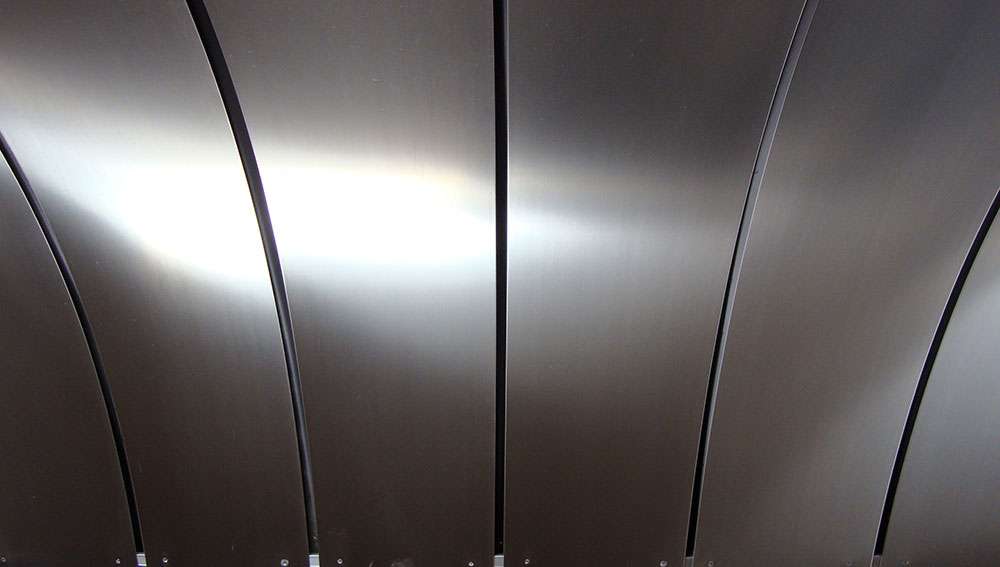Stainless steel alloys are used extensively for the manufacture of components for a variety of industries including; aircraft, firearms, automotive and architectural. Stainless steels inherent characteristics of strength and corrosion resistance make this metal an ideal candidate for parts that will be exposed to harsh elements and dynamic stresses.
Stainless steel is essentially a low carbon steel which contains chromium at 10.5% or more by weight. It is this addition of chromium that gives the steel its unique corrosion resisting properties. The chromium content of the steel allows the formation of a rough, adherent, invisible, corrosion-resisting chromium oxide film on the steel surface. If damaged mechanically or chemically, this film is self-healing, providing that oxygen, even in very small amounts, is present. The corrosion resistance and other useful properties of the steel are enhanced by increased chromium content and the addition of other elements such as molybdenum, nickel and nitrogen.
There are more than 60 grades of stainless steel. However, the entire group can be divided into five classes. Each is identified by the alloying elements which affect their microstructure.(1)
While stainless steel is tough as manufactured there are applications that require additional coatings and/or treatments in order for the finished components to perform as originally intended. In some cases the stainless is required to be black. The black finish is often times required for low reflectivity applications as in firearms and defense items. Reflected light is not a desirable quality for sniper rifles and night vision equipment. Other optical applications require the absorption of light. While in some cases, like architectural, it’s simply a matter of aesthetics.
Chemical blackening for stainless steel is achieved by a reaction of the base material and a hot mixture of caustic and sulfur salts. The process blackens 300 and 400 series stainless and the precipitation-hardened 17-4 PH, 13-8, etc. stainless steel alloys. The solution can also be used on cast iron and mild low-carbon steel. The resulting finish complies with military specification MIL-DTL–13924D Class 4 and AMS2485.
CTI has been in the business of blackening stainless steel since 1986. Our proprietary process has been approved by some of the largest aerospace prime manufacturers and we can provide your company with the same quality and customer service for your Black Oxide needs that we provide to companies like, Bell Helicopter, Boeing, Honeywell and Rolls Royce. If you should have a project that requires the blackening of stainless components contact us today.
- 1Stuart Dean, White Paper, Blackening Stainless Steel
- 2Wikipedia

